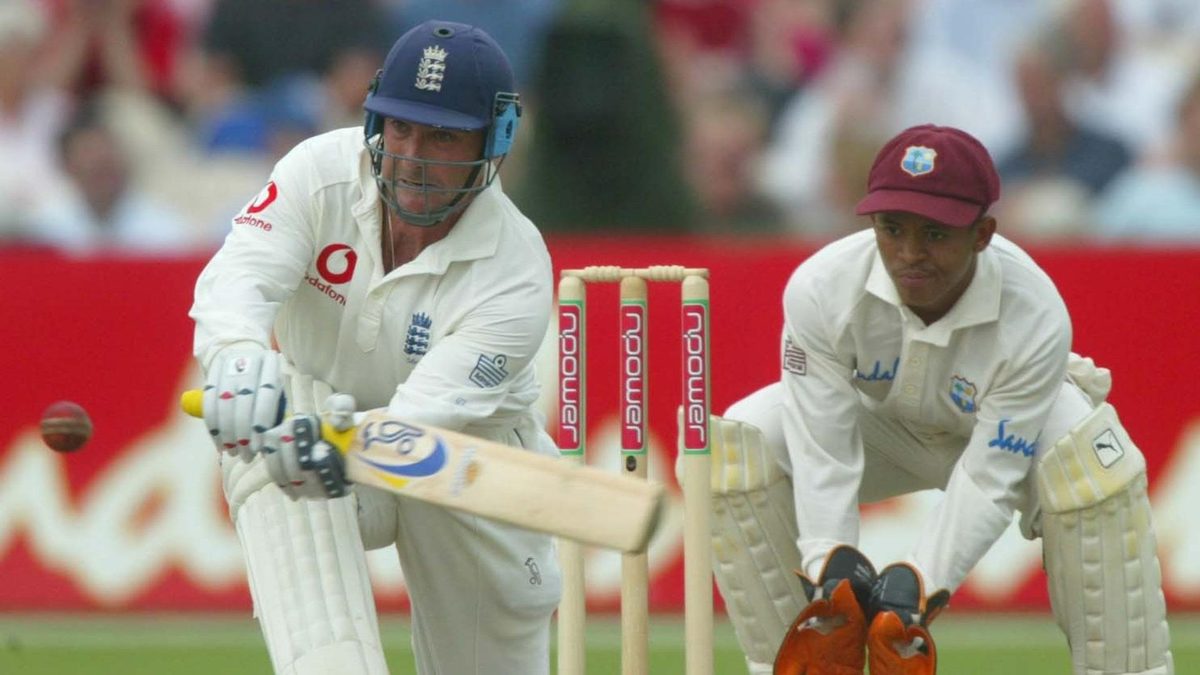
In the second of a two-part cricket coaching series, Graham Thorpe, the ECB’s lead batting coach and an expert against the spinners in his day, shares his tips on how to face the turning ball.
UPPING THE ANTE
Having a proactive technique is important whether you’re playing fast bowling or spin bowling. Your first thought should be: can I score? Never miss out on the opportunity to score off a bad ball. Then the reasonably good ball: can I still score off it? And the exceptional ball: can I rely on my defence? You need your technique to allow you those options.
 You’ve got to keep the score ticking over
You’ve got to keep the score ticking over
Against high-quality bowling you don’t have time to go, ‘Oh right, there’s a slightly bad ball, now let’s move correctly’. Your technique has to be quite proactive, and balance is key. If you’re coming down the pitch, your end position needs to be balanced.
Even if you’re driving a half volley off a spinner, you need to be balanced when you play the shot. And balance on your back foot means being strong on your back leg so you can execute shots on both sides of the wicket.
WORK THOSE WRISTS
An important aspect of playing spin is the ability to be quite supple with your wrists. A strong, heavy grip is not going to allow the flexibility in your hands that you need. I soften my grip, almost with my thumb and my forefinger, and all of a sudden I can manipulate the blade and that allows me then to hit against the spin. So an off-spinner, who’s moving the ball away from me, if I’m close to the ball just by changing my angle I can hit the ball on the leg-side.
 Wristwork is key to playing spin
Wristwork is key to playing spin
You’ll see players now really work quickly through the ball, but that’s purely because they are right over the ball. You can’t play against the spin if you’re playing out in front of you and there’s a lot of turn, as you’re more likely to get a leading edge. But if you play it underneath you then you can really work through the ball. Good wrists – nice and supple and loose bottom-hand – will allow you to hit both sides of the wicket.
SWEEPING UP
When playing the sweep you don’t want to be tall and upright because then when you go down to play the shot there are lots of rigid movements in there. You want to have soft knees so you’re not in a bad position to sweep, but if the ball is flat and fast you can still drive it.
 Getting low to play the sweep
Getting low to play the sweep
If you’re thinking about playing the reverse-sweep you don’t want to give too many clues to the bowler, but you do need to have in your mind that you might be playing the shot so you’re not late on it. You might see some players softening and loosening their grip as the bowler’s running in so they can quickly manoeuvre into that position and get more leverage on the shot. If your grip is too tight then you can’t do that and you’re going to get into a bad position.
DRILL IT!
 Coach Thorpe
Coach Thorpe
To work on using your wrists, when batting in the nets as a left-hander against an off-spinner, or a right-hander against a left-arm spinner, see how many balls you can play through the leg-side, against the spin. To be able to do that you’ll need to work the ball and have good, strong wrists. Try hitting three balls through the leg-side and then three balls through the off-side so it encourages a bit of fun but also skill.
TOP TIP!
 Coming down the track to glorious effect
Coming down the track to glorious effect
If you’re coming down the track to the spinners try and keep your feet close together because if you come down with big paces then good bowlers can see that very quickly and you’ll be off balance when you play the shot.








